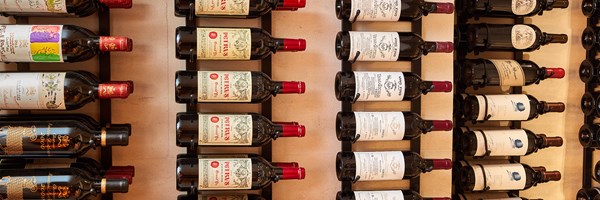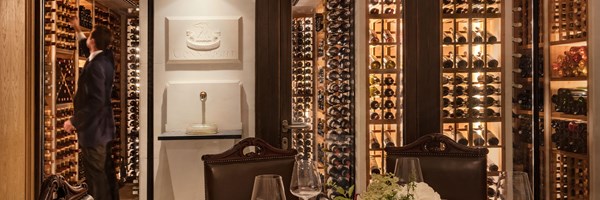The Art Of Wine Pairing: A Gastronomic Journey
14 May 2024
For culinary connoisseurs, wine pairings hold a particular allure. When you adhere to the belief that food is more than sustenance, the ritual, cultural and conversational nature of a degustation-style dinner can be hard to resist. With insights from Lucas Reynaud Paligot, we explore the nuances behind the range of wine-tasting experiences offered at The Connaught, and their enduring appeal.
Architect Frank Lloyd Wright once said: ‘Dining is and always was a great artistic opportunity’. The original context of this quote may have been more to do with designing tables than serving food, but the wider point rings true: dining is a creative undertaking. Which makes chefs and sommeliers the artists, telling a story through the food and drink they serve. It makes sense then, that wine dinners and pairings often put stories at the heart of the experience.
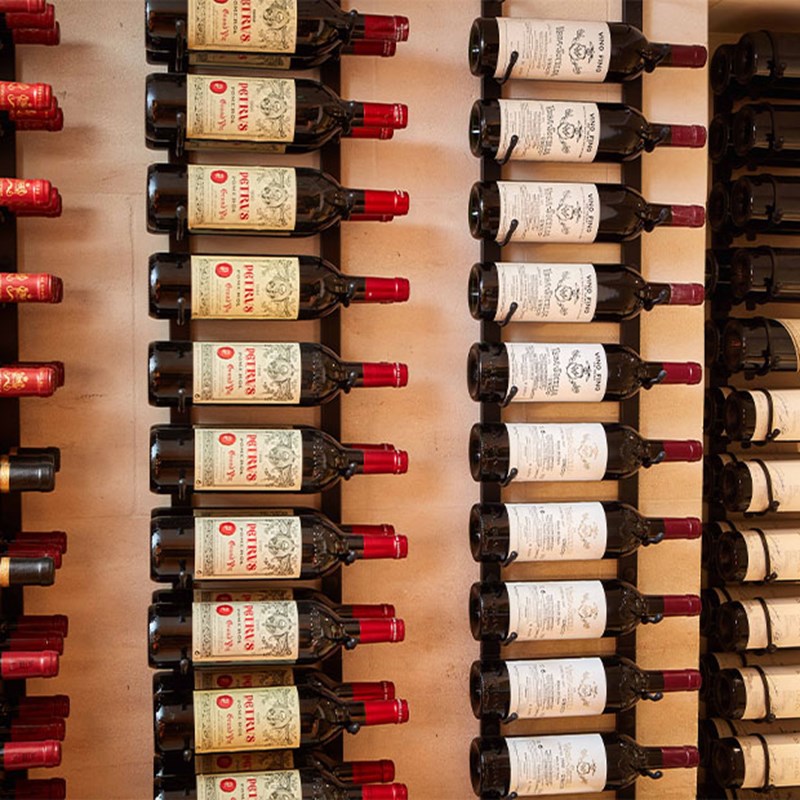
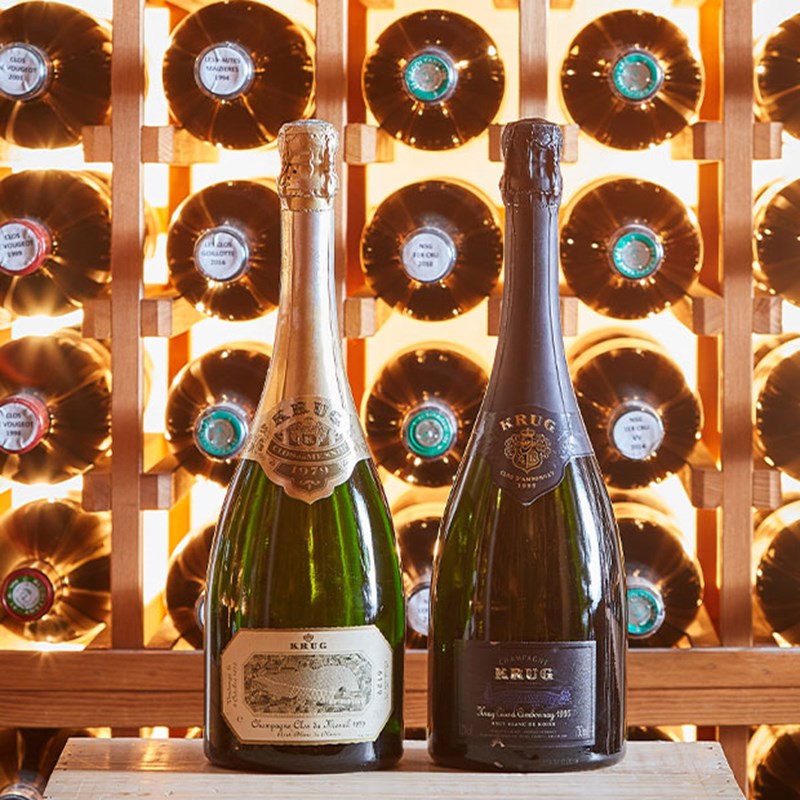
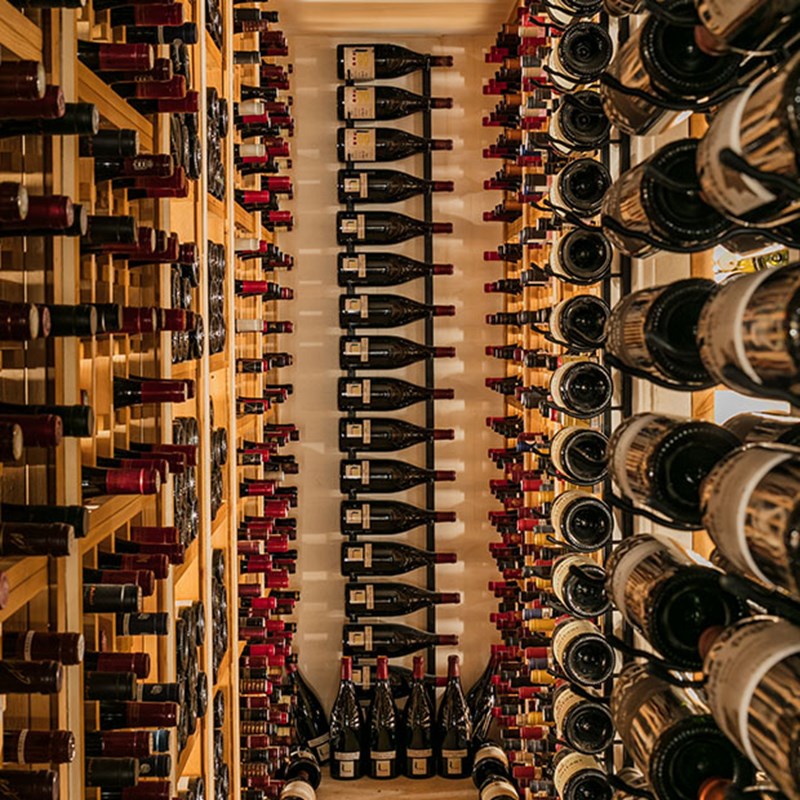

Wine tastings unravelled
Lucas Reynaud Paligot is the Head Sommelier at Hélène Darroze at The Connaught, where wine dinners see some of the world’s most prestigious wines showcased alongside bespoke menus created by the three-Michelin-starred chef and her team. While a pairing dinner may see guests try wines from a variety of producers, a wine dinner is a more focused affair, a celebration of a single producer or vineyard.
Along with first-class gastronomy, guests are guided through each course by the people who know the wine best. It could be the winemaker, chateaux owner or export manager – but always someone with the expert knowledge and passion to field questions from curious minds.
Wine dinners are always such a good opportunity for storytelling. We’re showcasing the most interesting wines and bringing the people who truly know the wine, so they can share the history and amazing facts of its production.
By giving producers a seat at the table, guests are able to enter their world. The experience becomes more authentic, and intimate. Over each course, guests discover the story behind each bottle: its origins, tasting notes and techniques. A great wine dinner should be a leisurely affair, with a sense of history, shared knowledge, and a glimpse at what goes on behind the scenes. For Lucas, it’s also a learning experience:
It gives us the opportunity to hear answers to questions we might not have asked ourselves.
While anecdotes help to build atmosphere, a wine dinner worth its salt must also make an impression on the palate. The process of creating food and wine pairings is no easy feat and is always a collaborative effort.
The Art of Wine Pairings
Synergy can be defined as the interaction of two or more substances to produce a combined effect greater than the sum of their parts. And it’s synergy that chefs and sommeliers strive for when planning a pairing menu. At The Connaught, Lucas and his team work closely with Executive Chef Marco Zampese, and Head Chef Timothee Martin Nadaud. As dishes are developed, tasting sessions allow the sommeliers to try their flavour profiles. When they know the dishes well enough, they are then able to choose which wines to pair them with.
This is when a sommelier’s expertise comes into play. A well-developed sense of curiosity is central to the role. A sommelier’s knowledge draws on their past wine tours and extensive tastings, their relationships with producers, and their willingness to explore lesser-known regions and small-crop makers. And of course, an intimate knowledge of their wine cellar – even one as extensive as The Connaught’s.
Armed with near-encyclopaedic knowledge, the next step is to apply it. And some classic rules do apply when it comes to wine pairings: red wines pair best with bold flavoured meats; white wines pair best with lighter flavoured meats. But on the innovative dining scene, rules are made to be broken. After all, in attending a wine dinner or pairing, people are seeking new experiences – something unexpected. According to Lucas:
Everyone has their own rules for how to pair wine with food, but these rules have been questioned and altered over time, and due to personal preferences.
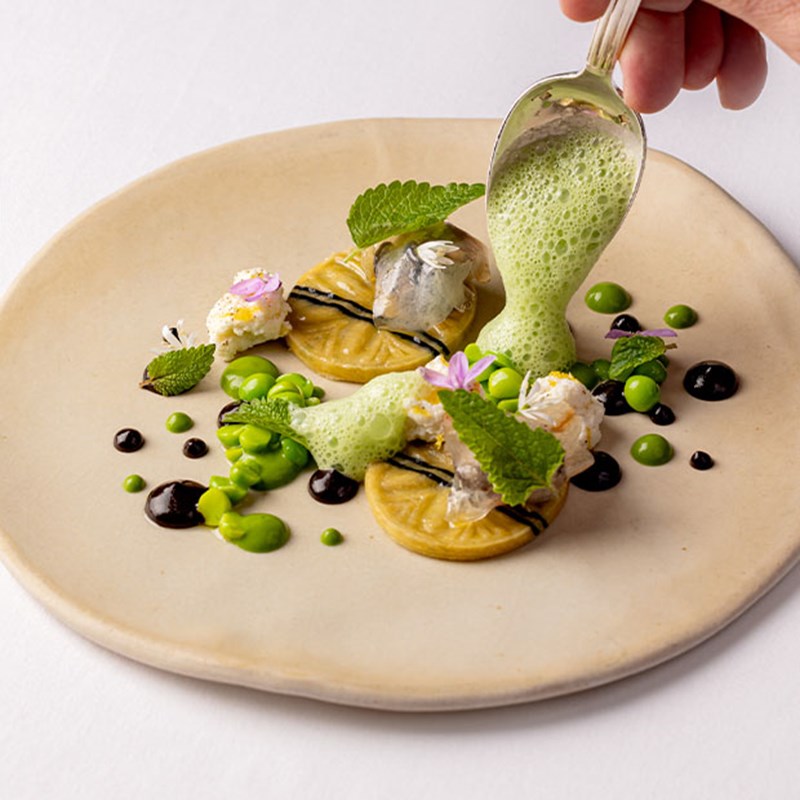
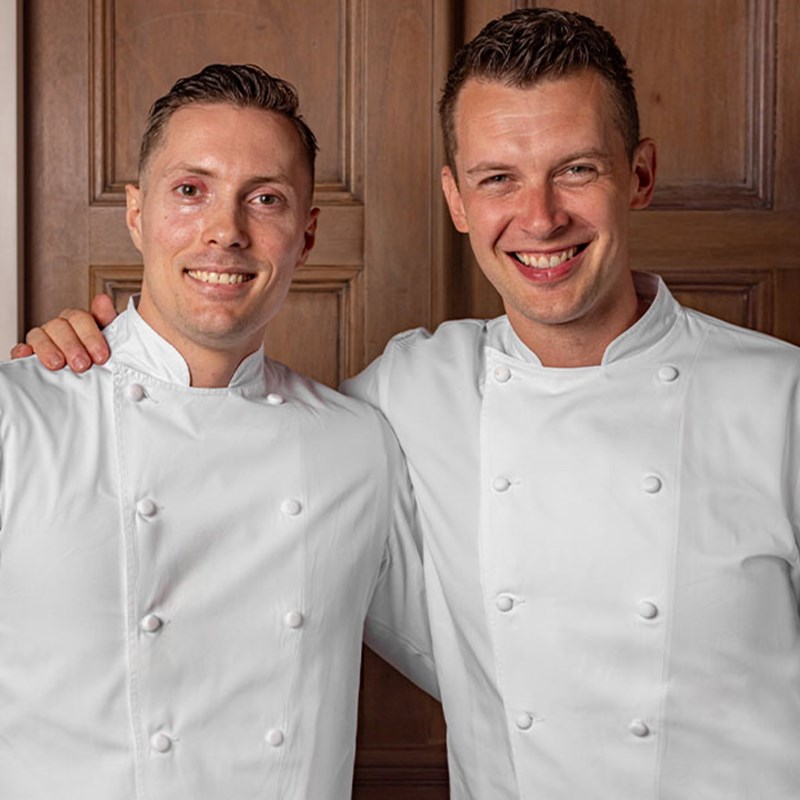
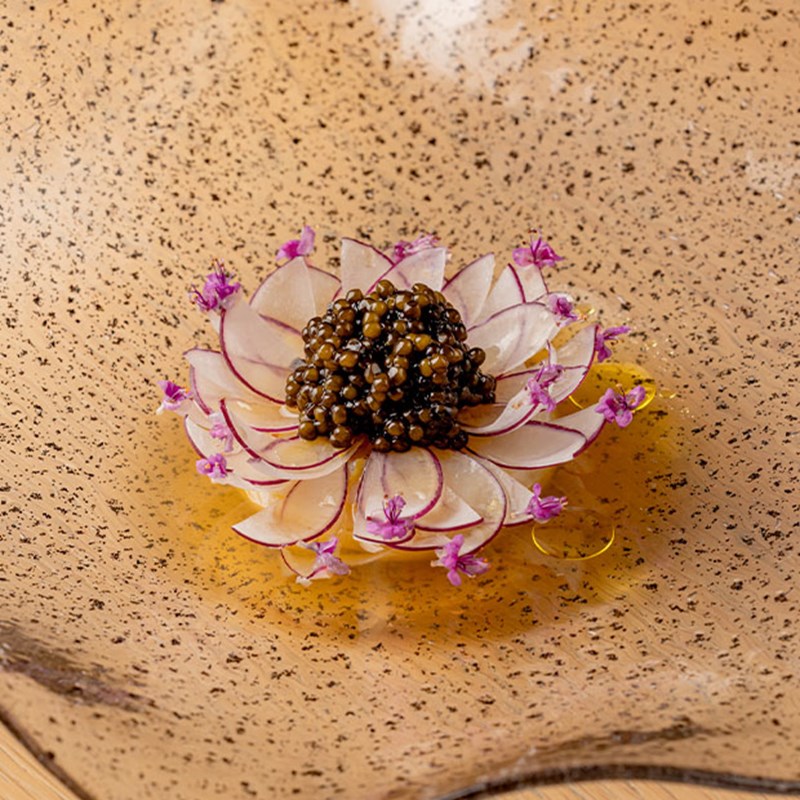
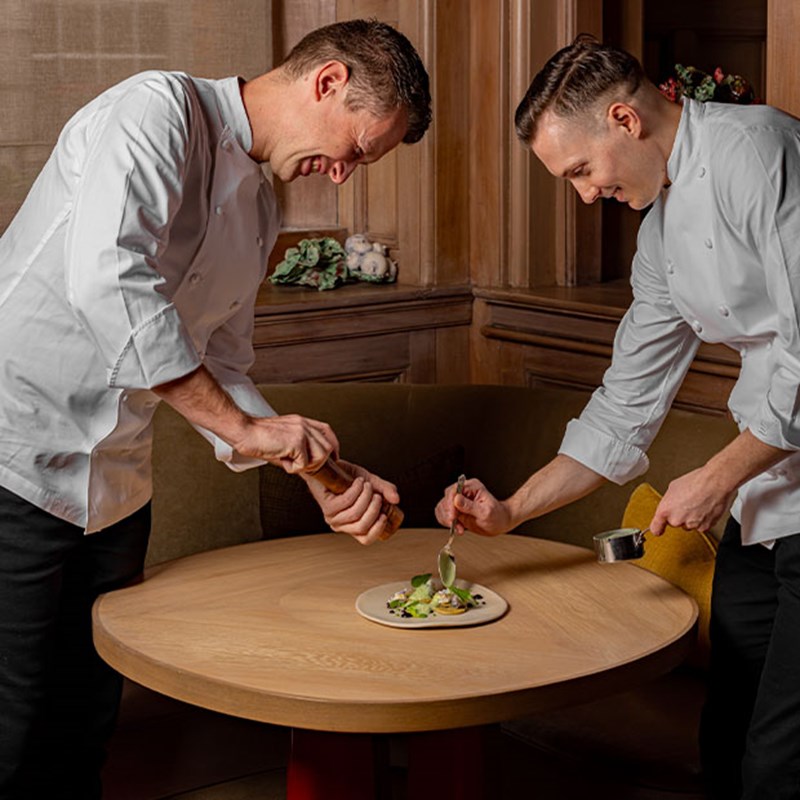
Wine Tasting Experiences at The Connaught
Personal taste is arguably the most difficult factor to plan for in a wine dinner, but The Connaught’s team come prepared. They showcase five pairing menus at Hélène Darroze: three are wine-based, one features champagne, and one option is alcohol-free. From Krug vintages from the 1950s to sweet wines dating back to World War I, the pairings created for the hotel’s Sommelier’s Table events and specialist Wine Dinners are second to none. If making time for a wine tasting in London, The Connaught’s iconic wine cellar, dedicated team and exceptional cuisine make for an unparalleled experience.
More news
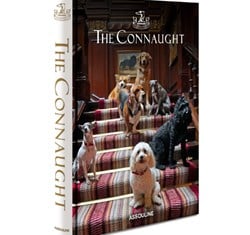
The Connaught Book
The Connaught has announced the launch of its first book The Connaught, published by the internationally acclaimed Assouline.
The Connaught Book
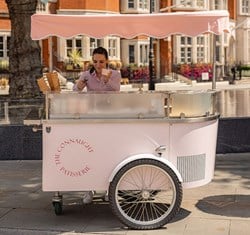
Summer at The Connaught: Alfresco Dining in the Heart of Mayfair
Balmy days see The Connaught come into its own, with bright and beautiful dining an invitation to sip back and savour alfresco living.
Summer at The Connaught: Alfresco Dining in the Heart of Mayfair
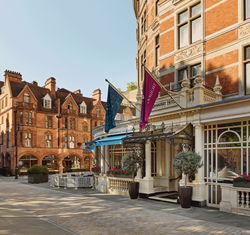
A Day in Mayfair - Lunch and Wellness Treatments
Begin at The Connaught to really discover the art of living well.
A Day in Mayfair - Lunch and Wellness Treatments

Our guide to the perfect Weekend in London
The definitive guide to spending a bank holiday weekend in London, with The Connaught as your base – from shopping and must-see theatre to culinary London breaks.
Our guide to the perfect Weekend in London
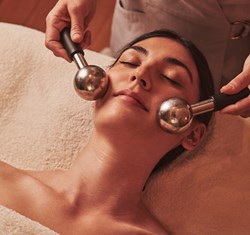
Skin Courses & Memberships
Discover a considered collection of skin treatments and memberships, thoughtfully curated to rejuvenate and restore.
Skin Courses & Memberships
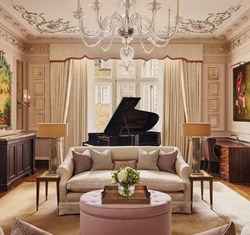
The Connaught Suite Collection
All the charms of The Connaught can now be enjoyed in-suite.
The Connaught Suite Collection
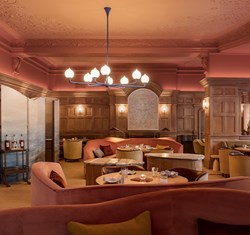
The Connaught: A Michelin-Starred Experience
Beautifully positioned in the heart of Mayfair Village, the hotel has a renowned history as a fine dining destination in its own right
The Connaught: A Michelin-Starred Experience
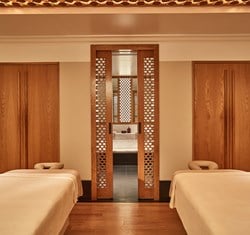
Seasonal Spa Experiences
Embrace the changing rhythms of nature with our exclusive seasonal spa experiences, thoughtfully designed to rejuvenate your body and mind.
Seasonal Spa Experiences
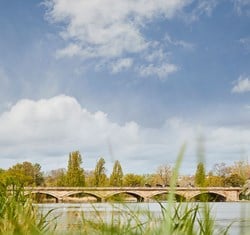
Hyde Park at Your Doorstep: A Peaceful Retreat from City Life
Discover our curated guide to a perfect day out in Hyde Park. From playing a set of tennis to a walk around the Serpentine.
Hyde Park at Your Doorstep: A Peaceful Retreat from City Life
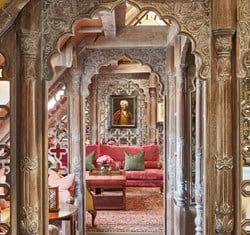
Preserving Heritage: The King's Lodge at The Connaught
Step inside The King’s Lodge at The Connaught, in London’s Mayfair. A beautifully custom-made suite and celebration of heritage craftsmanship, created by Guy Oliver and more than 100 artisans.
